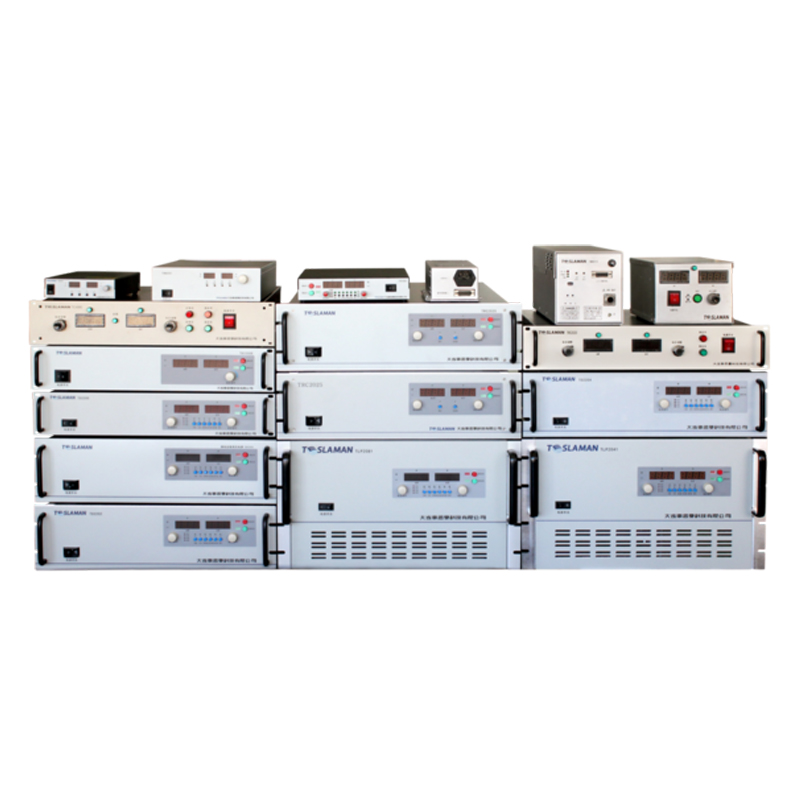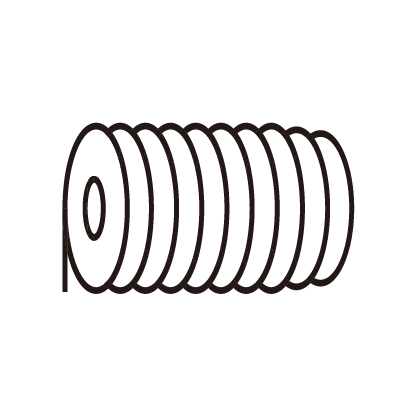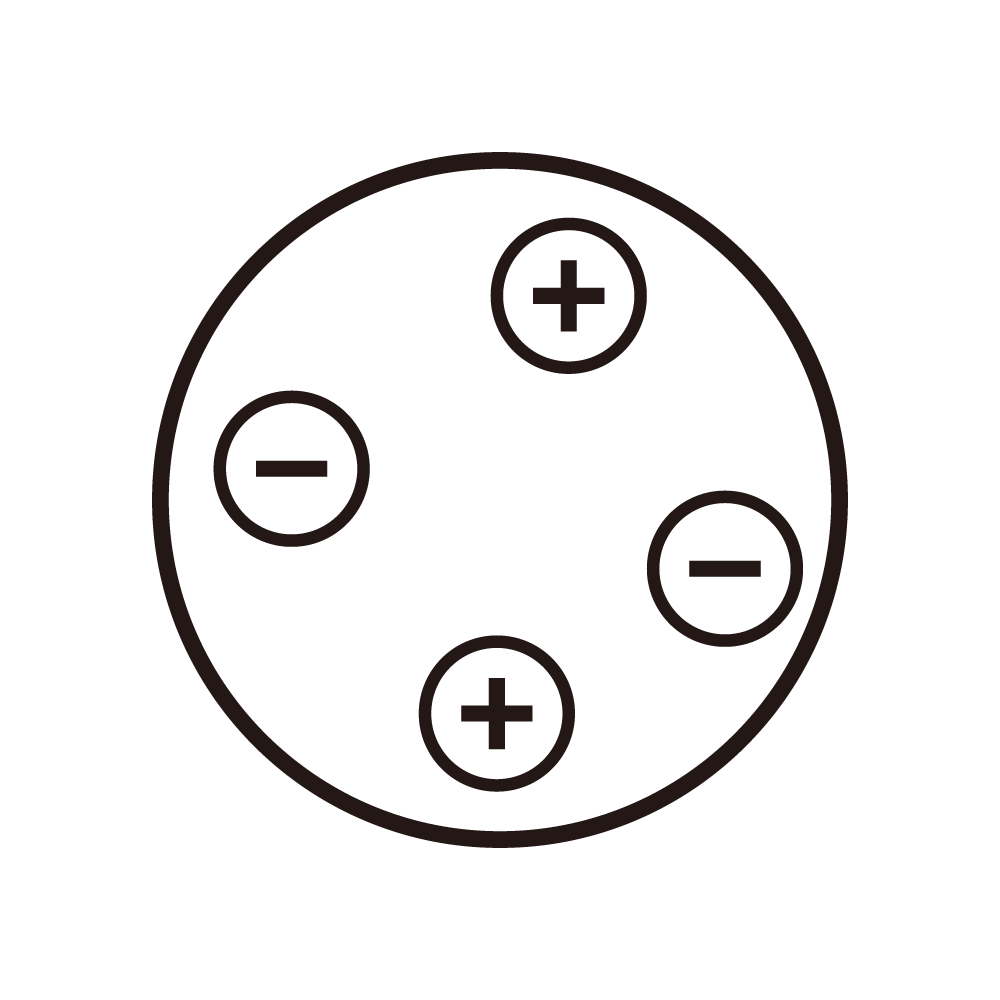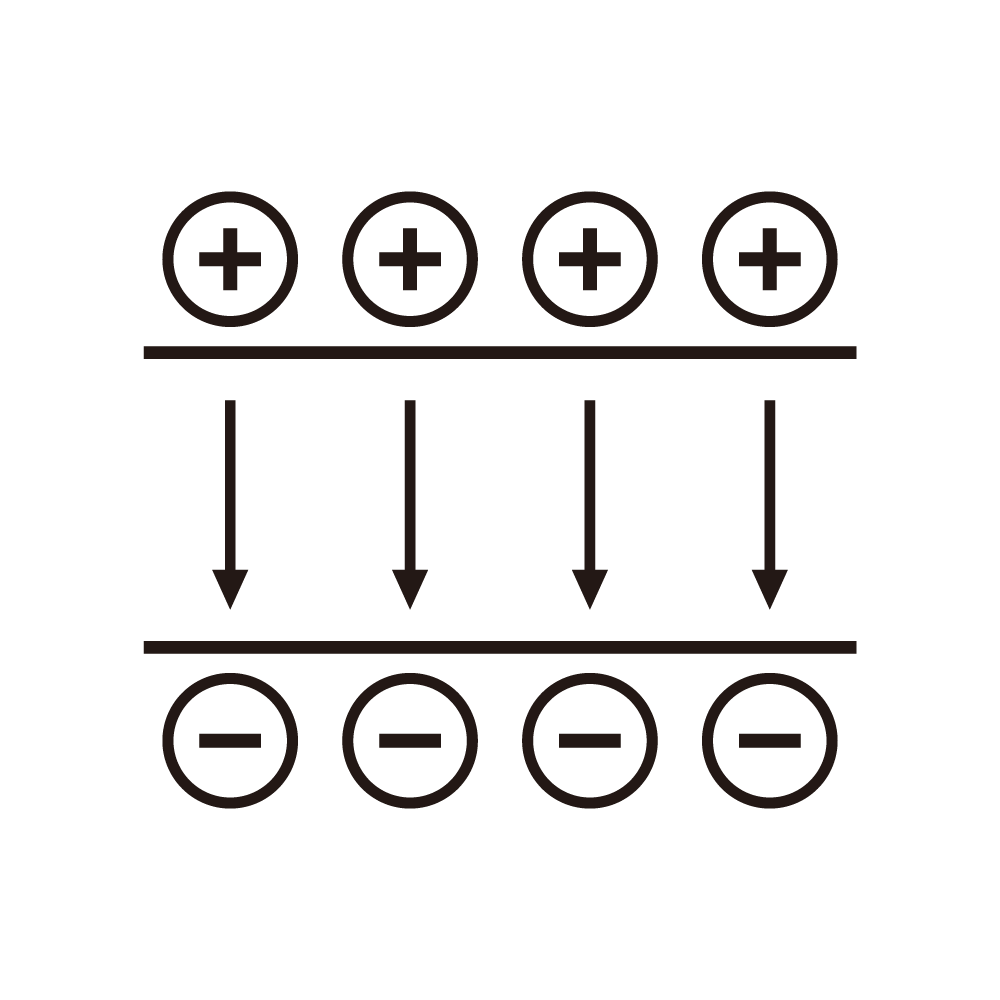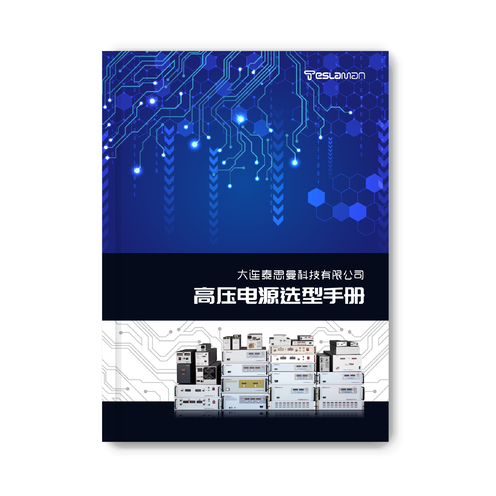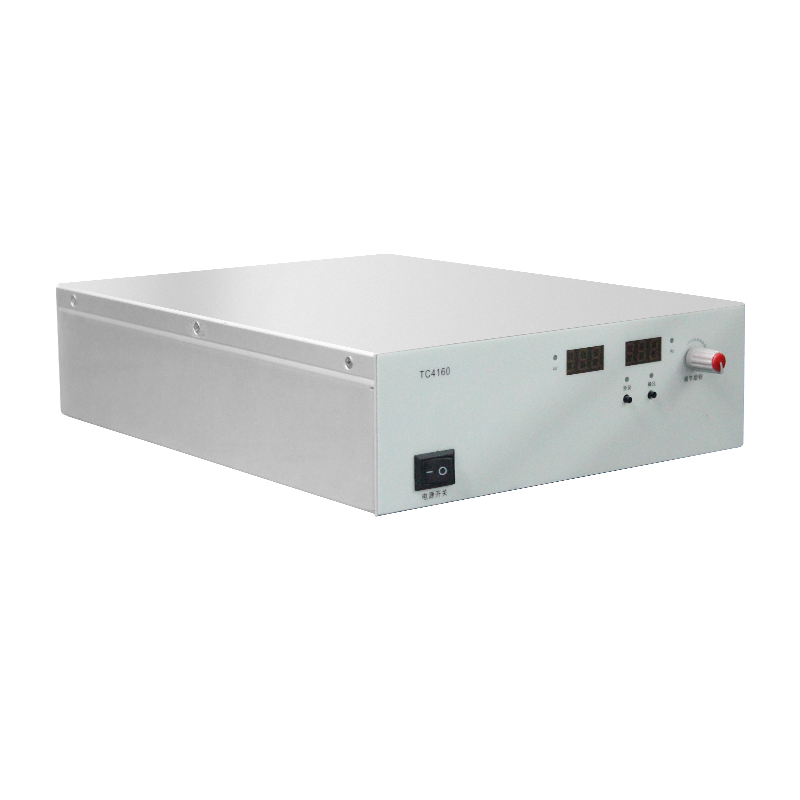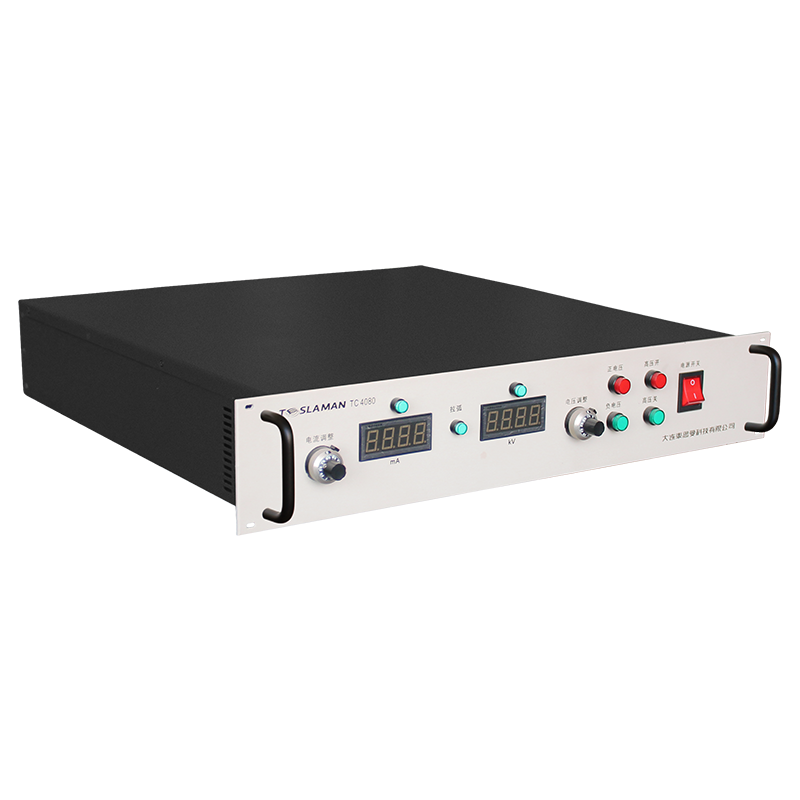Pulse Repetition Frequency of 160kV High-Voltage Power Supply
In numerous fields of modern technology, the 160kV high-voltage power supply plays a crucial role with its powerful power output capacity. From particle acceleration in scientific research experiments, to material processing in industrial production, and to special applications in medical equipment, the performance of the 160kV high-voltage power supply directly affects the operating efficiency and effectiveness of related systems. Among them, the pulse repetition frequency, as an important parameter, has a profound impact on its application performance.
The pulse repetition frequency refers to the number of high-voltage pulses output by the power supply per unit time. For a 160kV high-voltage power supply, different application scenarios have very different requirements for its pulse repetition frequency. In some scientific research experiments, such as high-resolution electron microscope imaging, extremely short and precisely spaced high-voltage pulses are required to achieve fine observation of microstructures. At this time, a higher pulse repetition frequency can provide more abundant imaging data, helping researchers obtain clearer and more accurate micrographs. In the industrial field, for example, when using high-voltage pulses for material surface modification, the selection of the pulse repetition frequency needs to comprehensively consider the material properties, treatment effects, and the bearing capacity of the equipment. An appropriate frequency can ensure that the material achieves the expected surface performance optimization without being overly damaged.
The factors affecting the pulse repetition frequency of a 160kV high-voltage power supply are relatively complex. The internal circuit structure and component performance of the power supply are one of the key factors. High-performance switching components can achieve faster turn-on and turn-off, thus providing a hardware basis for increasing the pulse repetition frequency. At the same time, the control circuit and drive module of the power supply need to have the ability to respond quickly to accurately control the generation and interval of pulses. In addition, the heat dissipation design cannot be ignored. As the pulse repetition frequency increases, the heating problem of the internal components of the power supply intensifies. If the heat dissipation is not smooth, the performance of the components will be affected, thereby limiting the increase of the pulse repetition frequency.
To meet the requirements of different applications for the pulse repetition frequency of a 160kV high-voltage power supply, various measures can be taken. In the design stage, high-speed and low-loss switching devices are selected, and the circuit layout is optimized to reduce the influence of line parasitic parameters, so as to improve the response speed of the power supply. Through advanced control algorithms, the precise regulation of the pulse frequency is achieved, enabling it to change flexibly according to actual needs. At the same time, the design of the heat dissipation system is strengthened, and efficient heat dissipation materials and structures are used to ensure the stable operation of the power supply even at a high pulse repetition frequency.
In the current era of continuous pursuit of technological innovation and application expansion, in-depth research on the pulse repetition frequency of 160kV high-voltage power supplies and optimization of their performance are of great significance for promoting technological progress and industrial upgrading in many fields, and also provide a solid guarantee for the efficient and reliable operation of related equipment.
